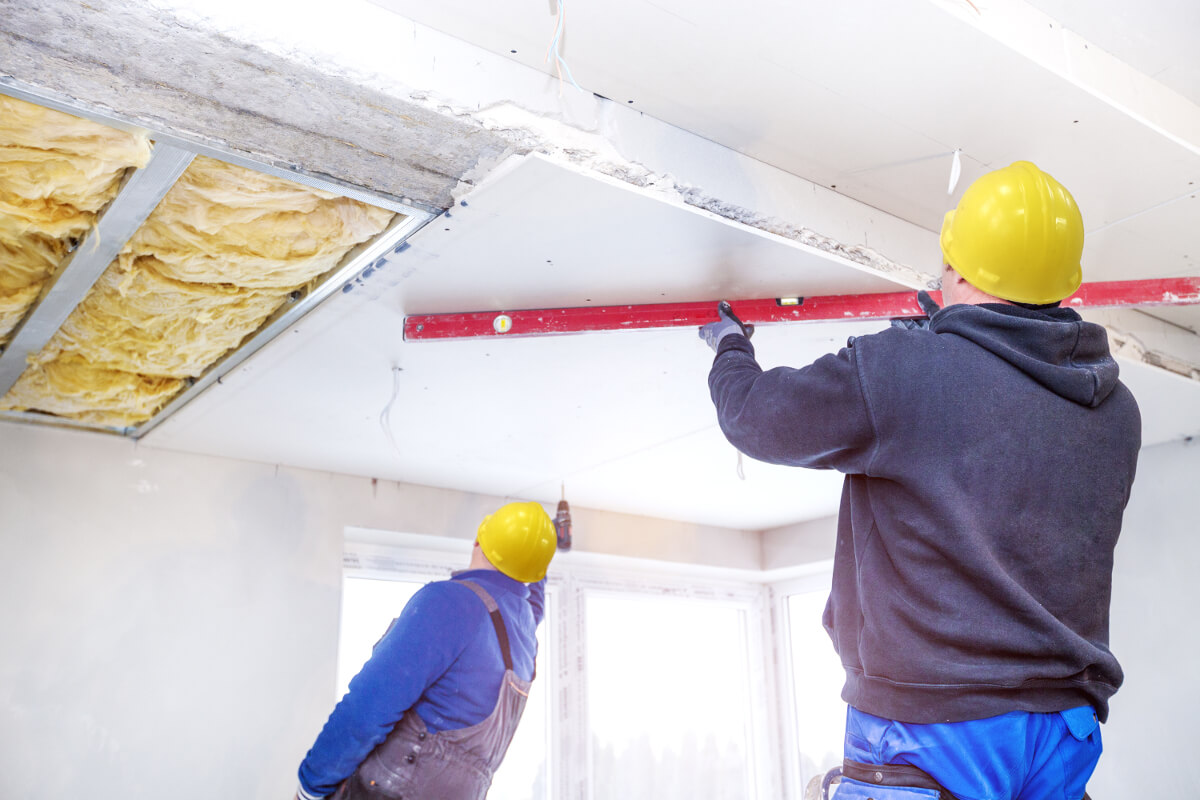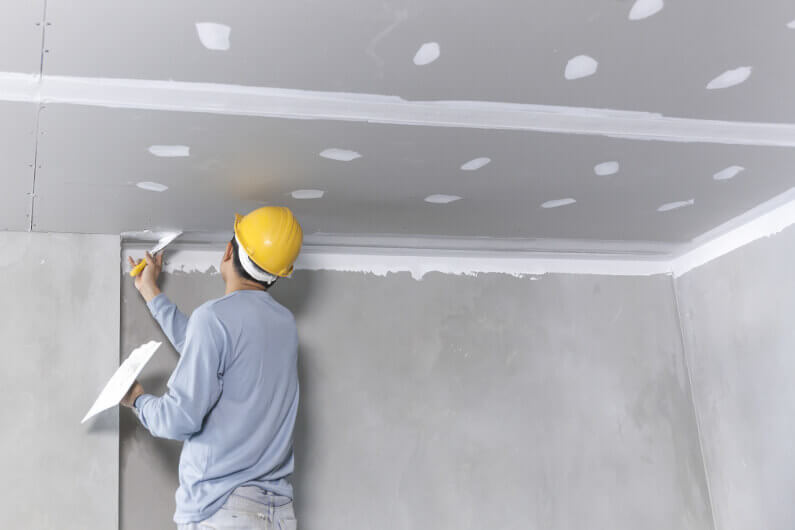Specialist Sheetrock Repair Fort Worth for Quick Fixes
Drywall Installation Made Easy: Tips for Perfect Results
Drywall setup is typically regarded as a difficult job, yet with the best method and knowledge, it can come to be a convenient venture. Picking top quality products and preparing the setup area are crucial initial actions that set the foundation for success. Grasping strategies for reducing, hanging, and finishing drywall can dramatically affect the outcome. As we discover these essential pointers, you may find that also the smallest modifications in your approach can lead to remarkably improved results, leaving you to take into consideration how these techniques can transform your next job.
Selecting the Right Products
Choosing the appropriate materials for drywall installment is essential to accomplishing a sturdy and aesthetically pleasing surface. drywall repair. The primary component, drywall sheets, normally come in various thicknesses, with 1/2-inch sheets being typical for indoor walls. For areas needing extra dampness resistance, such as kitchen areas or bathrooms, think about utilizing environment-friendly board or concrete board, which are particularly designed to endure moisture

Furthermore, selecting the right fasteners-- either screws or nails-- is important for protecting the drywall to the framing. Drywall screws are generally preferred for their holding power and lowered danger of popping. Consider the finishing touches such as primer and paint, which not only improve the look but also protect the drywall from dampness and wear.
Preparing the Installment Area
Before starting the drywall setup procedure, it is necessary to prepare the setup area extensively. This preparation entails a number of important actions to make certain a successful and smooth task. First, clear the location of any type of furnishings, appliances, or blockages that might hinder accessibility. A clean work space reduces the threat of damage to existing things and enables for efficient activity during setup.
Next, examine the wall surfaces and ceiling for any type of imperfections, such as fractures, openings, or mold and mildew. Address these problems in advance; spot any damages and enable enough time for repair work to completely dry. In addition, ensure that electric outlets, buttons, and pipes are appropriately positioned and accounted for, as this will affect drywall positioning.
Consider the environmental conditions also. A stable temperature and humidity level are crucial for optimal adhesion and performance of the drywall materials. If required, utilize a dehumidifier or heating system to develop ideal problems.
Cutting and Hanging Drywall
The key to efficient drywall installation depends on the specific cutting and dangling of the panels. Begin by determining the space properly, taking into consideration any kind of blockages such as electric outlets or windows. Use a straight side and an energy blade to rack up the drywall along your measurements, then break it along the scored drywall repair line for a clean break. For even more complex cuts, such as around outlets, a drywall saw can be used for precision.

Always function from the top down and left to right, making sure that you keep a staggered pattern to enhance security. Correctly hanging the drywall establishes the foundation for a smooth surface, inevitably leading to remarkable lead to your drywall project.
Taping and Mudding Strategies
While proper cutting and dangling of drywall establishes the stage, the next vital action involves grasping taping and mudding methods to make certain a smooth coating. Insulation is important for strengthening joints and protecting against cracks; it includes installing tape right into the applied joint substance (mud) Beginning with a top quality fiberglass or paper tape, applying the tape over the joint and pressing it click over here now into the wet mud using a taping knife, guaranteeing no air bubbles continue to be.
When the tape remains in location, use a thin layer of joint compound over the tape, feathering the edges to create a smooth transition to the drywall surface. Allow this layer to completely dry completely prior to sanding it lightly to remove blemishes. Repeat this procedure, using extra coats of mud as essential-- generally two to 3 coats-- while progressively widening the application location with each layer to attain a seamless look.
After the last layer dries, sand the surface with a fine-grit sandpaper till smooth. drywall repair. Remember to put on a mask throughout sanding to avoid breathing in dust fragments. Understanding these taping and mudding methods is crucial for accomplishing a professional-quality finish in your drywall setup
Completing Touches for Excellence
Achieving a remarkable drywall installation surpasses taping and mudding; it finishes in the completing touches that raise the total look. These final actions are important in guaranteeing a professional-grade coating that enhances the appearances of your space.
Begin by fining sand the dried joint compound to create a smooth surface area. Make use of a fine-grit sandpaper and a fining sand block or post sander for optimum control. Pay certain interest to edges and sides, as these locations have a tendency to need more thorough job. After fining sand, wipe down the walls with a damp fabric to remove any dirt fragments, guaranteeing a tidy surface area for paint.
Next, use a guide especially created for drywall. This action is vital, as it helps secure the joint substance and offers a consistent base for the topcoat. Once the primer dries out, examine for any type of imperfections, and retouch as required.
Verdict
In verdict, successful drywall installment pivots on the cautious option of products, detailed prep work of the setup location, and specific execution of reducing and hanging methods. Proficiency of taping and mudding procedures is necessary for attaining a smooth coating.
Drywall installment is often regarded as a difficult job, yet with the right method and expertise, it can become a workable endeavor.Picking the appropriate materials for drywall setup is Get More Info important to accomplishing a resilient and aesthetically pleasing surface.Prior to starting the drywall setup process, it is vital to prepare the installment area thoroughly. Mastering these taping and mudding techniques is crucial for attaining a professional-quality coating in your drywall setup.
In conclusion, successful drywall setup pivots on the careful option of materials, thorough prep work of the setup location, and exact execution of reducing and hanging techniques.